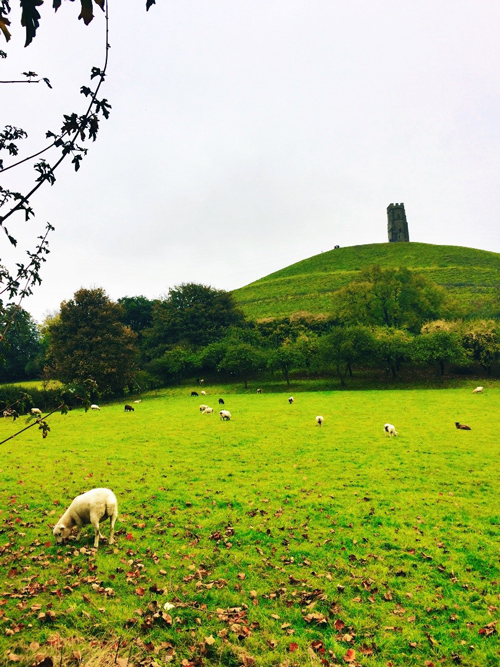
City in the spotlight: Wells
As the only programme officer from the United States, I unfortunately can’t give you any insight on my British hometown.
I can, however, tell you all about Wells, a city that has quickly become one of my favourite places in the UK. Wells has a winning combination of natural beauty and ancient history, with some amazing landmarks to top it off. It isn’t the easiest place to get to, but it’s well worth the effort.
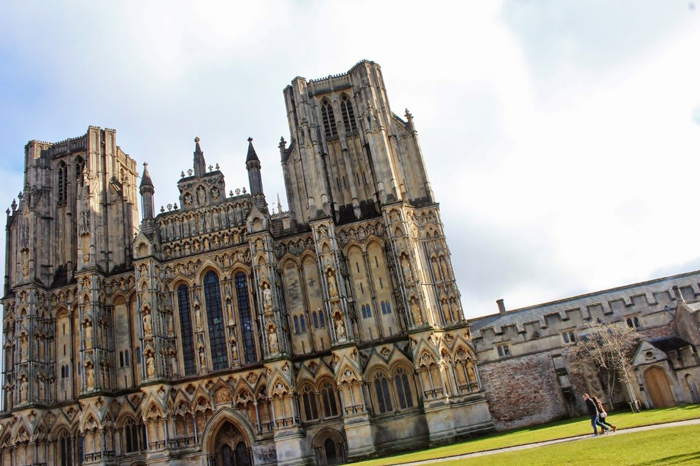
Nearby to larger city centres Bristol and Bath, Wells is the smallest city in the UK. It has city status because, despite only having a population of about 10,500, it has been the home of the Church of England Diocese of Bath and Wells for over 800 years.
The Bishop’s Palace, where the Bishop of Bath and Wells has lived since the building was begun in about 1210, has an amazing array of walled gardens. These enclose some of the natural freshwater wells after which the city is named. Although the Bishop still lives and works here, parts of the palace have been permitted to fall into beautiful ruins. The windows of what used to be the banquet hall have no glass in them, and climbing plants have taken over the ancient walls.
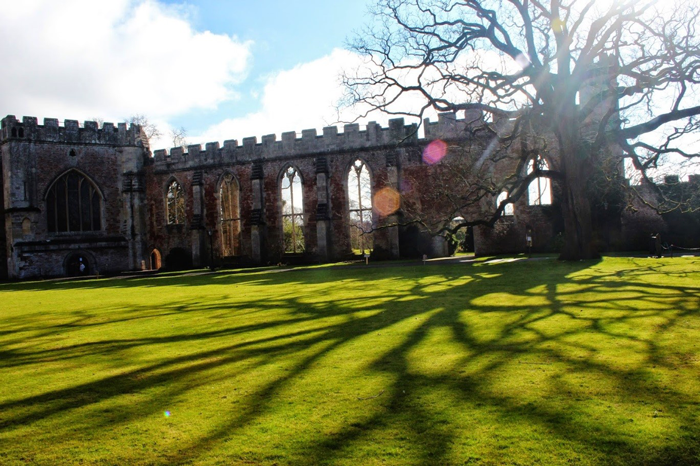
From the gardens of the Bishop’s Palace you can see the stunning Gothic cathedral. Although the current cathedral was not begun until about 1175, the land on which it sits has been a site of Christian worship since at least 705 AD. Human settlement in Wells goes back even further – Stone Age tools and Roman pottery have been found near the wells in the Bishop’s gardens.
The cathedral is free to visit and there are tours every day except Sunday. It’s a fully functioning modern cathedral which hosts over 1,000 religious services per year. However, when you stand before the cathedral, or within the walled gardens of the Bishop’s Palace, it’s impossible to ignore the powerful sense of layered history.
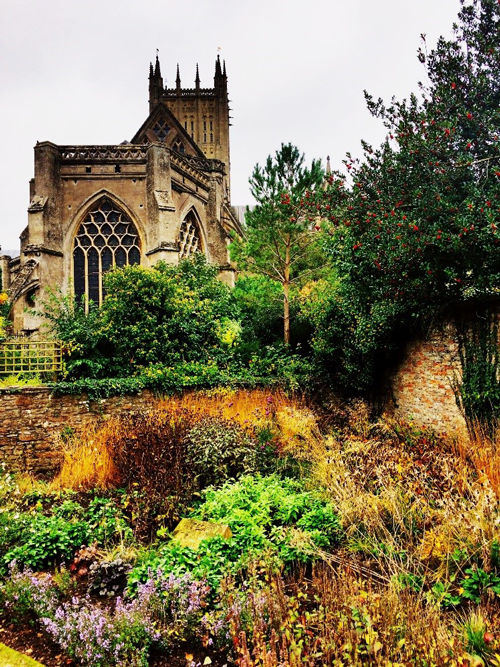
The wells within the Bishop’s gardens formed the focal point of the original settlement. They still feed fresh water into the moat, but they once provided running water to the entire town. You can still see the gutters down the sides of the high street, which remain from the 15th-century water system that the Bishop commissioned. It is believed that the wells have been spiritually significant to people in the area for millennia.
On Wednesdays and Saturdays there’s a lovely market in the town square, where you can try everything from Somerset sheep’s milk yoghurt to Cheddar cheese from nearby Cheddar Gorge. There are also fruits and vegetables, fish, and crafts for sale.
In my mind, there’s no better way to spend an afternoon than picking up lunch at the market and then going for a walk along the moat that surrounds the Bishop’s Palace – especially at the height of the autumn foliage.
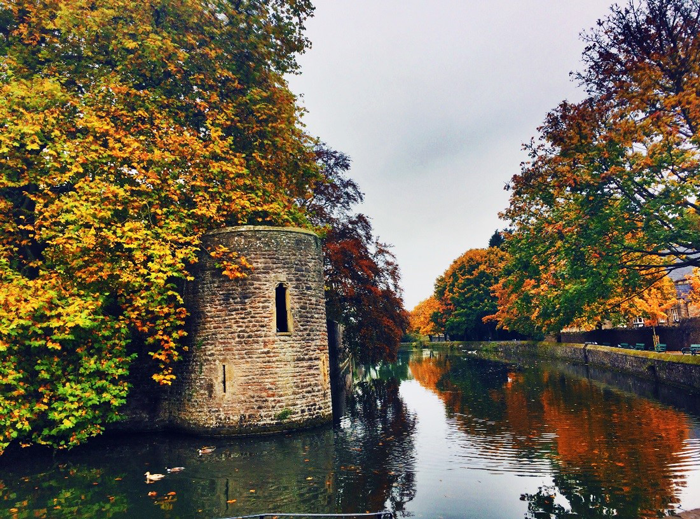
The beauty and historical significance of Wells has not gone unnoticed in popular culture. Numerous films and television series have filmed there, including Dr Who, Wolf Hall, The Hollow Crown, and Poldark. I have to admit I’ve never seen any of these, but I did see a crew filming something next to the cathedral once!
Wells lies amongst a number of other Somerset attractions, including Cheddar Gorge and Glastonbury Tor. You may have heard the name Glastonbury in connection with Kanye West, hippies, and glamping, but the Tor (from the Celtic, meaning ‘hill’) itself is an ancient spiritual and religious site. Legend has it that King Arthur and his knights once visited the tor, and that he and Queen Guinevere were buried there.
There is no better place to experience the ancient history and natural beauty of the United Kingdom than in Wells. If you’re feeling adventurous, hop on a bus from Bristol or Bath and go exploring!
